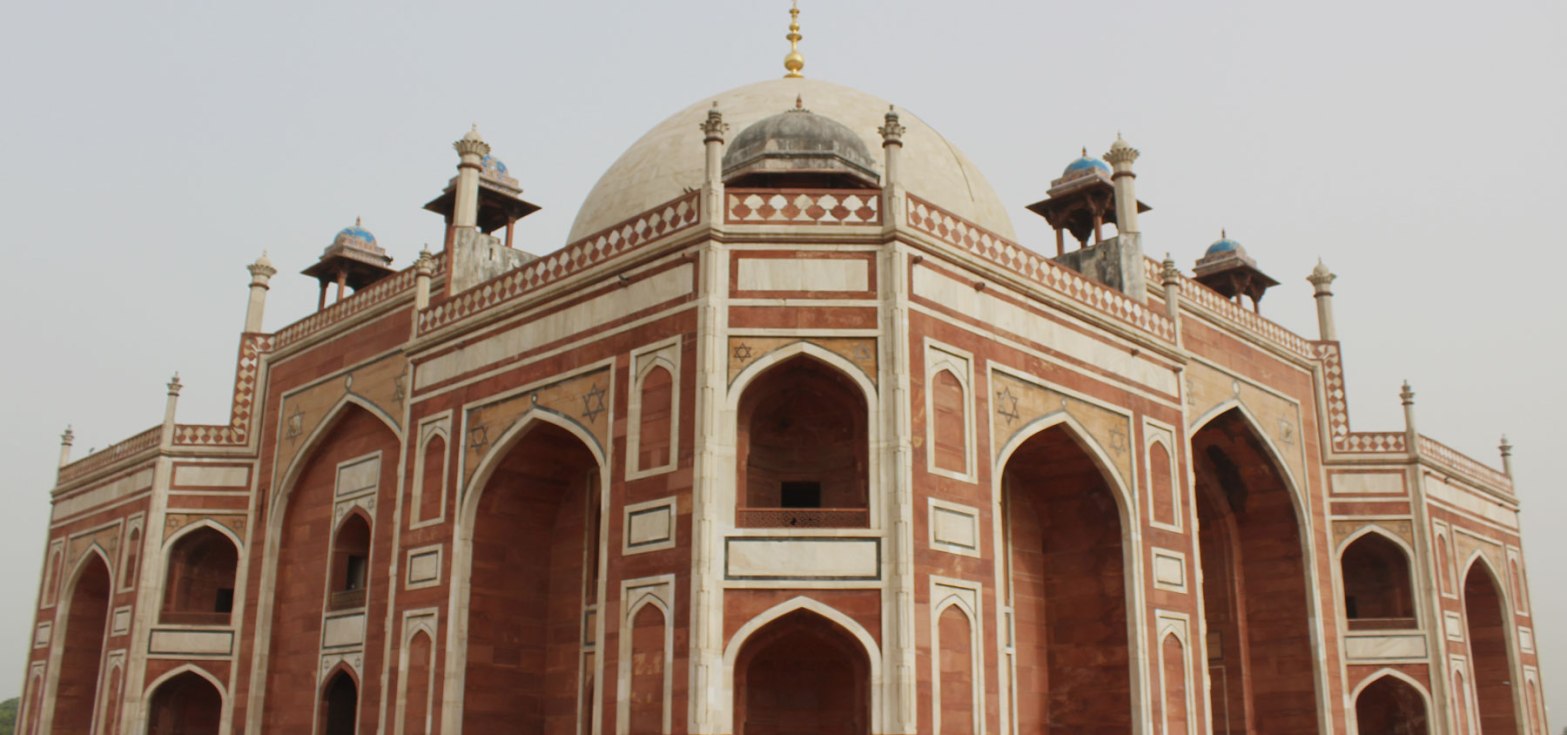Delhi has been the centre of political power for several centuries, and rulers from various regions of the world have ruled the country having their headquarters in the city. This resulted in some of the most beautiful monuments and historical structures being constructed here, and one of those fabulous ones is the Lodhi Garden.
Spread across a whopping 360,000 square metres, it is one of the biggest city parks in the country. If you’re even remotely interested in cultural architecture or in medieval history, Lodhi Garden will blow you away with the majestic mosques and tombs of erstwhile rulers. The region was developed as a leisure space for the royals of the Sayyid Dynasty, Lodhi Dynasty, and the Delhi Sultanate, between the mid-15th Century until the early 16th Century.
Here are some of the biggest attractions of the Lodhi Garden, each of which is an architectural and engineering marvel:
Tomb of Sikandar Lodi and Mohammed Shah
Sikandar Lodi is regarded as one of the most powerful rulers of the Lodi Dynasty, and his tomb is a testimony of his glory years. The king who established the vibrant city of Agra now rests in this grand tomb in Lodhi Gardens, which happens to be India’s first, and longest surviving enclosed garden tomb. Sikandar’s tomb was heavily inspired by the tomb of Mohammed Shah, the mentor of his father Bahlul Khan Lodhi. The two tombs in the Lodhi Garden are examples of the great Indo-Islamic architecture that was widespread in pre-colonial India.
The Athpula Bridge
The Athpula of the Eight Pier Bridge is built next to the tomb of Sikandar Lodi, by Mughal Emperor Jalaluddin Mohammed Akbar. As part of your Delhi city tour stops at the Lodhi Garden, The Athpula Bridge is the last monument which marked the completion of this modern-day world heritage site. The Bridge has seven arches, and the central one is the largest. Beneath the bridge flows a beautiful lake where you will often sight swans and ducks enjoying the sun in the water.
The Three Domed Mosque
The Three Domed Mosque built by Sikandar Lodi is a large structure, where Muslims in the region, including members of the royal family used to offer prayers. The mosque also functioned as the Jama Masjid, a mosque where congregational prayers on Fridays and Eid are offered. The mosque is huge enough to hold hundreds of people at a time, and is beautifully carved, again, in an Indo-Islamic architecture.
Bara Gumbad
The Bara Gumbad, or the giant dome, is the biggest of all domes in the Lodi Garden, though it isn’t a mosque, nor a tomb. It was created as a statement to glorify the architectural renaissance during the 15th Century, and the structure stays true to these intentions. In fact, The Bara Gumbad was also an inspiration for the construction of one of South India’s most iconic structures, the Gol Gumbaz of Bijapur (now Vijayapura), built by the Adil Shahi Dynasty.
Once you visit these historical gems, a strong nostalgia will take over you, and you will almost have a feeling of living in the golden days of India, which made it the Golden Sparrow for the world.
